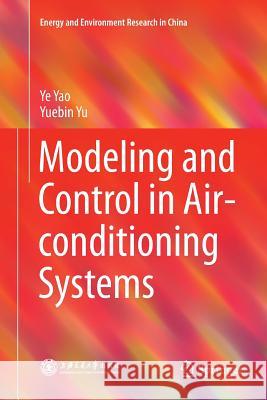Modeling and Control in Air-Conditioning Systems » książka
topmenu
Modeling and Control in Air-Conditioning Systems
ISBN-13: 9783662571316 / Angielski / Miękka / 2018 / 479 str.
Kategorie:
Kategorie BISAC:
Wydawca:
Springer
Seria wydawnicza:
Język:
Angielski
ISBN-13:
9783662571316
Rok wydania:
2018
Wydanie:
Softcover Repri
Ilość stron:
479
Waga:
0.69 kg
Wymiary:
23.39 x 15.6 x 2.57
Oprawa:
Miękka
Wolumenów:
01
Dodatkowe informacje:
Wydanie ilustrowane











